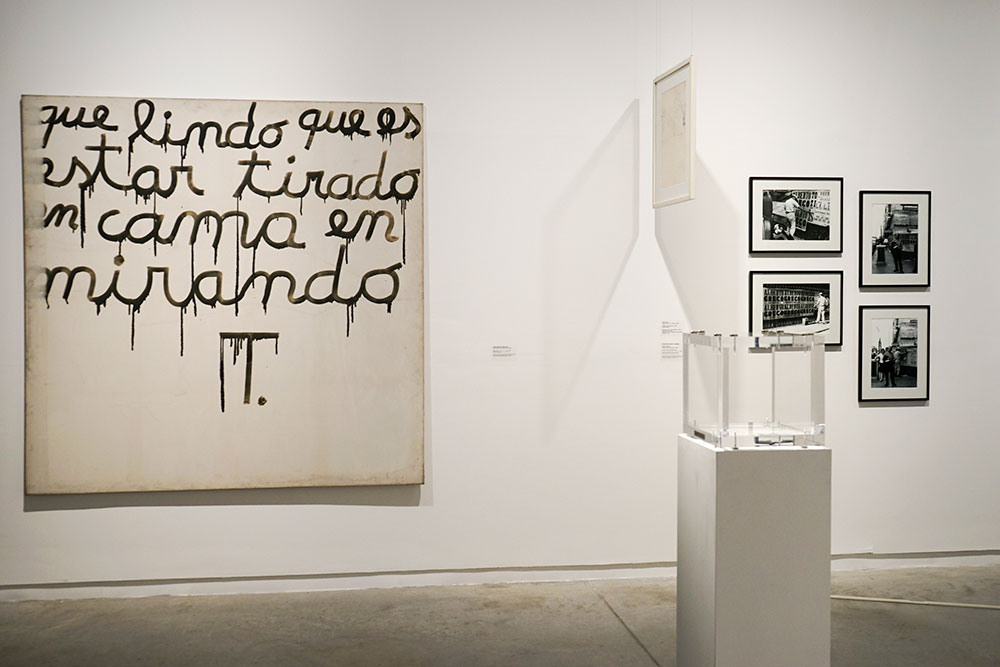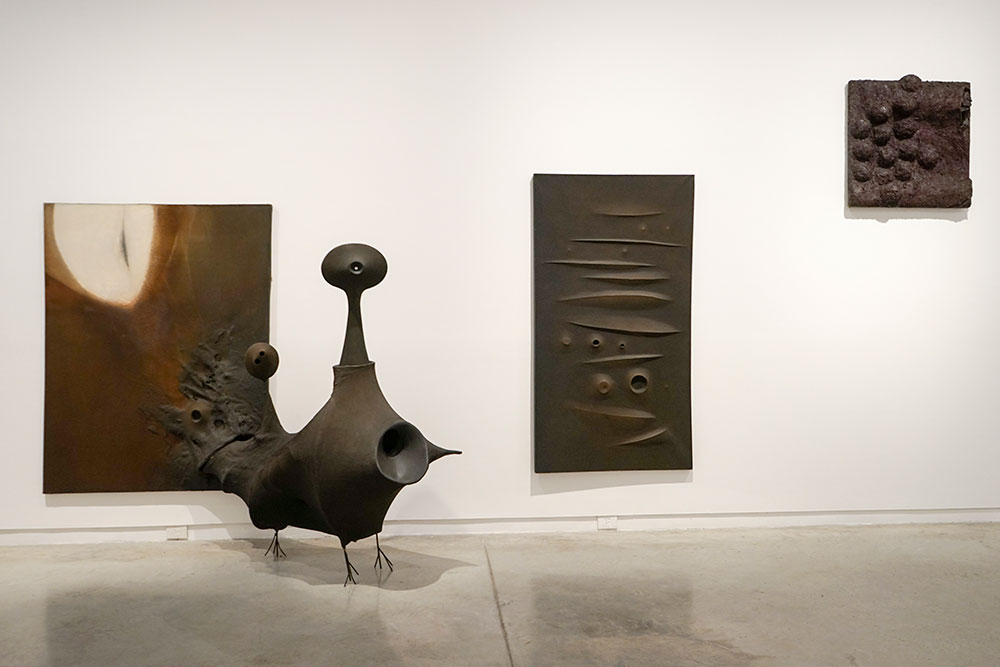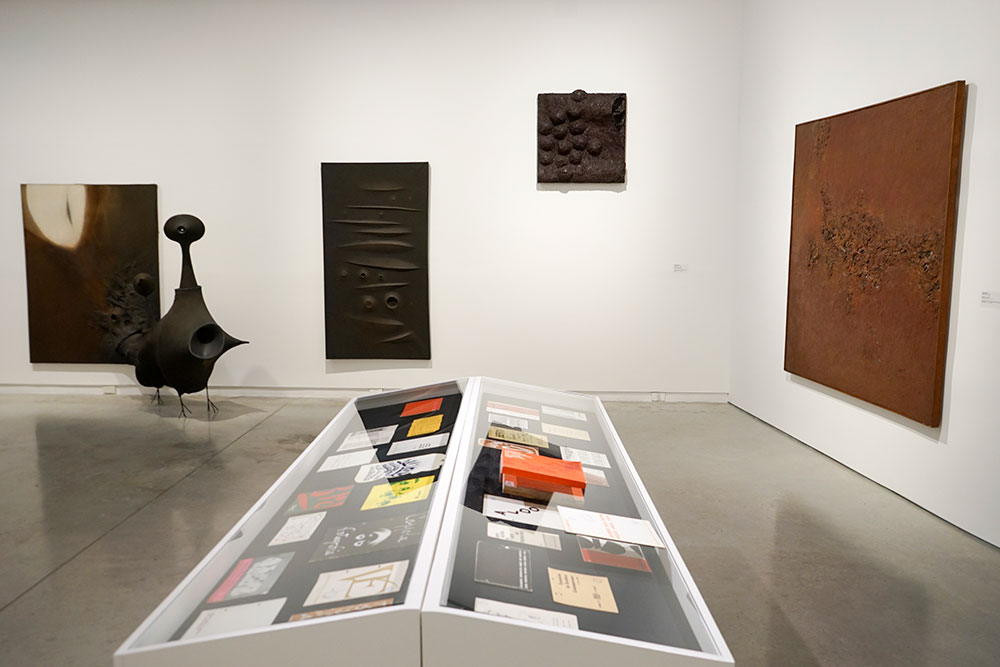This exhibition The Paradox at the Centre: Rhythms in the Themes of Argentine Art of the 60s reveals the power and contemporary relevance of key works in the collection of the Museo de Arte Moderno de Buenos Aires, which consists of works acquired by and received as donations by its two first directors Rafael Squirru (1956-1963) and Hugo Parpagnoli (1963-1970), who set out to create an avant garde collection that now spans more than 7000 artworks.
With a set of pieces made between 1959 and 1967, the Moderno provided a contemporary reading of a key moment in the history of Argentine art: the different ruptures from traditional forms of modernism; mainly painting and sculpture, which paved the way for new forms of expression that would lead in turn to contemporary art.
The exhibition presents an interpretation of Argentine art as seen through a paradoxical rhythm in which the focus was no longer on the linear development and outlines begun by European avant garde movements but rather on the matter itself. The results ranged occasionally from the security offered by a return to the familiar territory of painting and sculpture to the disruption of that order and even violence committed against traditional formats and materials in a quest to uncover new forms of liberation.
The exhibition included artworks by Carmelo Arden Quin, Antonio Berni, Nelson Blanco, Oscar Bony, Jorge de la Vega, Juan Del Prete, Mirtha Dermisache, Noemi Di Benedetto, Lucio Fontana, Raquel Forner, Luis Gowland, Alberto Greco, Alberto Heredia, Alfredo Hlito, Enio Iommi, Kenneth Kemble, Raúl Lozza, Tomás Maldonado, Marta Minujín, Tomás Monteleone, Luis Felipe Noé, Carlos Pacheco, Margarita Paksa, Aldo Paparella, César Paternosto, Federico Manuel Peralta Ramos, Emilio Pettoruti, Liliana Porter, Mario Pucciarelli, Emilio Renart, Jorge Roiger, Rubén Santantonín, Mario Stafforini, Antonio Trotta and Luis Alberto Wells.





